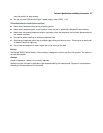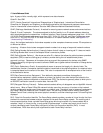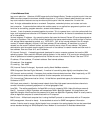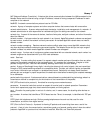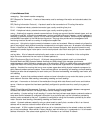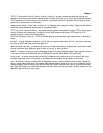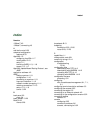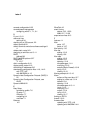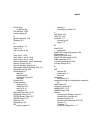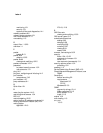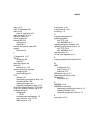Glossary 7
TCP/IP (Transmission Control Protocol/Internet Protocol): An open network standard that defines how
devices from different manufacturers communicate with each other over one or more interconnected networks.
TCP/IP protocols are the foundation of the Internet, a worldwide network of networks connecting businesses,
governments, researchers, and educators.
telephone wall cable: 2-pair, 4-pair, or 8-pair, 22- or 24-gauge solid copper wire cable. Telephone wall cable is
sometimes called telephone station cable or twisted-pair cable.
TFTP (Trivial File Transfer Protocol): A protocol used to transfer files between IP nodes. TFTP is often used to
transfer firmware and configuration information from a UNIX computer acting as a TFTP server to an IP
networking device, such as the Netopia Router.
UDP (User Datagram Protocol): A TCP/IP protocol describing how packets reach applications in destination
nodes.
wall jack: A small hardware component used to tap into telephone wall cable. An RJ-11 wall jack usually has
four pins; an RJ-45 wall jack usually has eight pins.
WAN (wide area network): A network that consists of nodes connected by long-distance transmission media,
such as telephone lines. WANs can span a state, a country, or even the world.
WAN IP: In addition to being a router, the Netopia Router is also an IP address server. There are four protocols
it can use to distribute IP addresses over the WAN which include: DHCP, BootP, IPCP, and MacIP.
wiring closet: A central location where a building’s telephone and network wiring is connected. Multi-story
buildings often have a main wiring closet in the basement and satellite wiring closets on each floor.
zone: An arbitrary subset of nodes within an AppleTalk internet. Creating multiple zones makes it easier for
users to locate network services. The network administrator defines zones when he or she configures routers.
Isolated networks have no zones. LocalTalk and EtherTalk Phase I networks may have no more than one zone
each. EtherTalk Phase II and TokenTalk networks may have more than one zone each. Several networks of any
AppleTalk type may share a zone name.



